Noh is a traditional form of Japanese theatre that has been performed since the 14th century. It is a unique blend of dance, drama, music, and poetry that has become an integral part of Japanese culture. Noh performances typically feature masked actors who use slow, stylized movements and vocalizations to convey a story or message.

Developed by Kan’ami and his son Zeami, Noh is the oldest major theatre art that is still regularly performed today. The art form has undergone many changes throughout its history, but it has remained true to its roots and continues to be a popular form of entertainment in Japan and around the world.
History
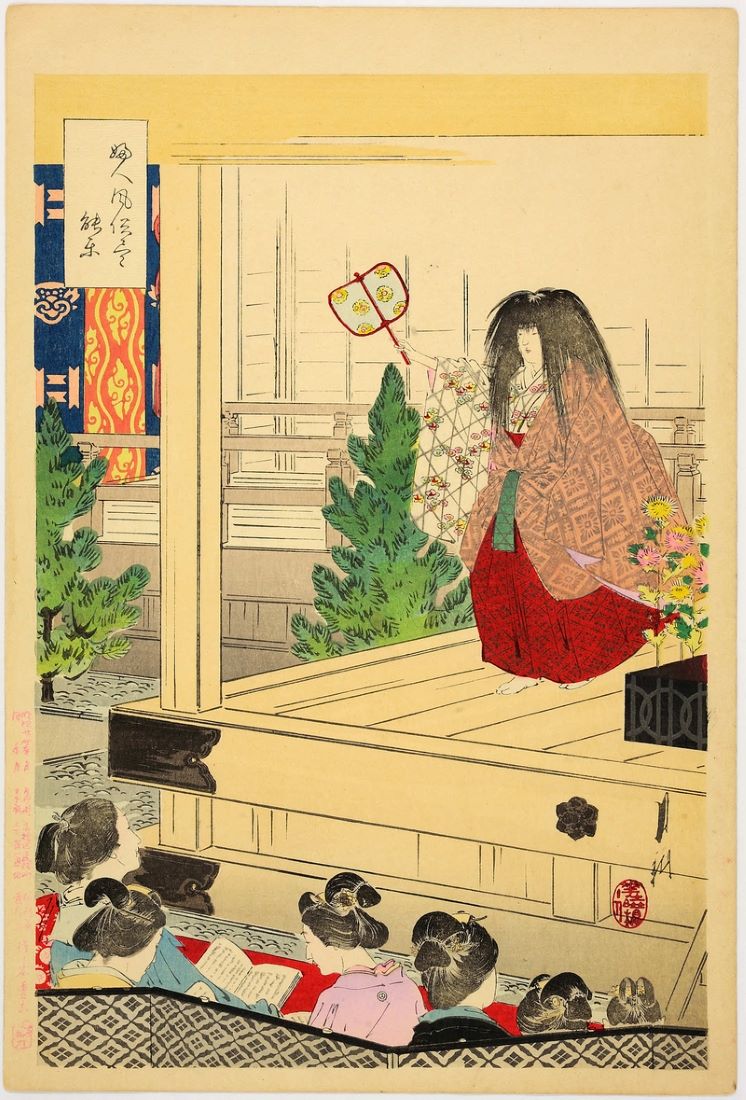
Noh originated in the 14th century and was developed by Kan’ami and his son Zeami. They combined elements of dance, music, and drama to create a unique art form that has endured to this day.
The word “Noh” means “skill” or “talent” in Japanese, and it reflects the high level of expertise required to perform this art form. Noh was originally performed for the aristocracy and nobility, but it eventually spread to the common people.
During the Edo period (1603-1868), Noh became more popular and was performed in many different venues, including temples, shrines, and private residences. It was during this time that Noh began to incorporate elements of popular culture, such as folk tales and legends, into its performances.

Today, Noh is still performed in Japan and around the world. It is recognized as a UNESCO Intangible Cultural Heritage and is considered one of the most important forms of traditional Japanese theater.
Types of Noh Plays
Noh plays can be classified into five main categories, each with its own unique characteristics and themes. These categories are:
- Kami – Also known as the “god play,” this category involves a sacred story of a Shintō shrine. It is a congratulatory piece that praises the gods in a quiet, dignified tone.
- Shura – The “fighting play” category involves a story of warriors and battles. It is characterized by intense energy and action, with the actors performing dynamic movements and using weapons such as swords and spears.
- Katsura – The “wig play” category features a male protagonist who wears a katsura, or a wig made of human hair. The themes of this category are often romantic and nostalgic, and the acting style is gentle and graceful.
- Waki – This category features a secondary character who interacts with the main character. The waki often serves as a narrator or commentator, providing insight into the story and the emotions of the characters.
- Chūgen – The “miscellaneous” category includes plays that do not fit into any of the other categories. These plays may feature a variety of themes and characters, and often focus on the emotions and inner struggles of the characters.
Each category of Noh play has its own unique style and characteristics, but all share a focus on the inner emotions and spiritual aspects of the characters. The movements and gestures of the actors are highly stylized and symbolic, and the music and chanting create a meditative atmosphere that draws the audience into the world of the play.
Structure of Noh Plays
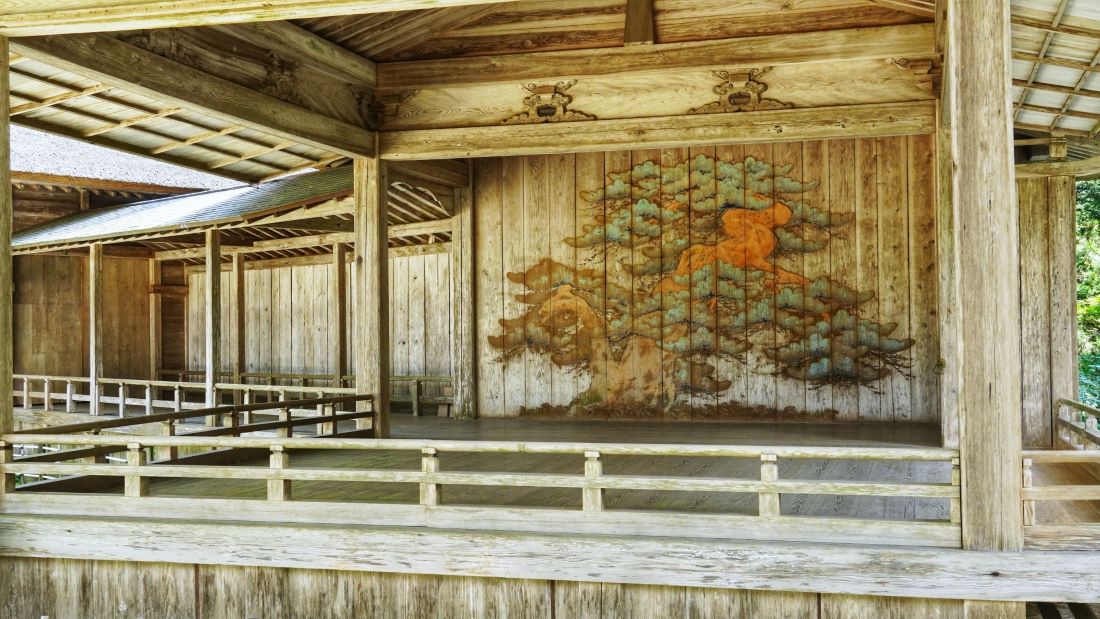
Noh plays follow a specific structure that has remained largely unchanged since the 14th century. The plays are divided into two parts, with an interlude in between. The first part is called “jo” and the second part is called “ha.”
In the jo section, the chorus enters and seats itself on stage. The formal action begins with the entrance of the “waki,” or the secondary protagonist. The waki begins a series of questions through which the “shite,” or the main protagonist, is introduced. This section sets the stage for the main action to follow.
The ha section is where the main action takes place. The shite enters and introduces himself with a monologue. The waki then begins to ask questions, and the story unfolds through a combination of dialogue, dance, and music. There are typically four acts in the ha section, each separated by musical interludes.
The interlude between jo and ha is called “kyogen.” It is a short, comedic play that provides a break from the serious tone of the main play. The kyogen often features a narrator, or “kyogen actor,” who interacts with the other characters on stage.
Overall, the structure of Noh plays is highly formalized and follows a specific pattern. While the plays themselves can vary widely in terms of story and content, the structure provides a sense of continuity and tradition that has helped to keep Noh alive for centuries.
Noh Costumes and Masks
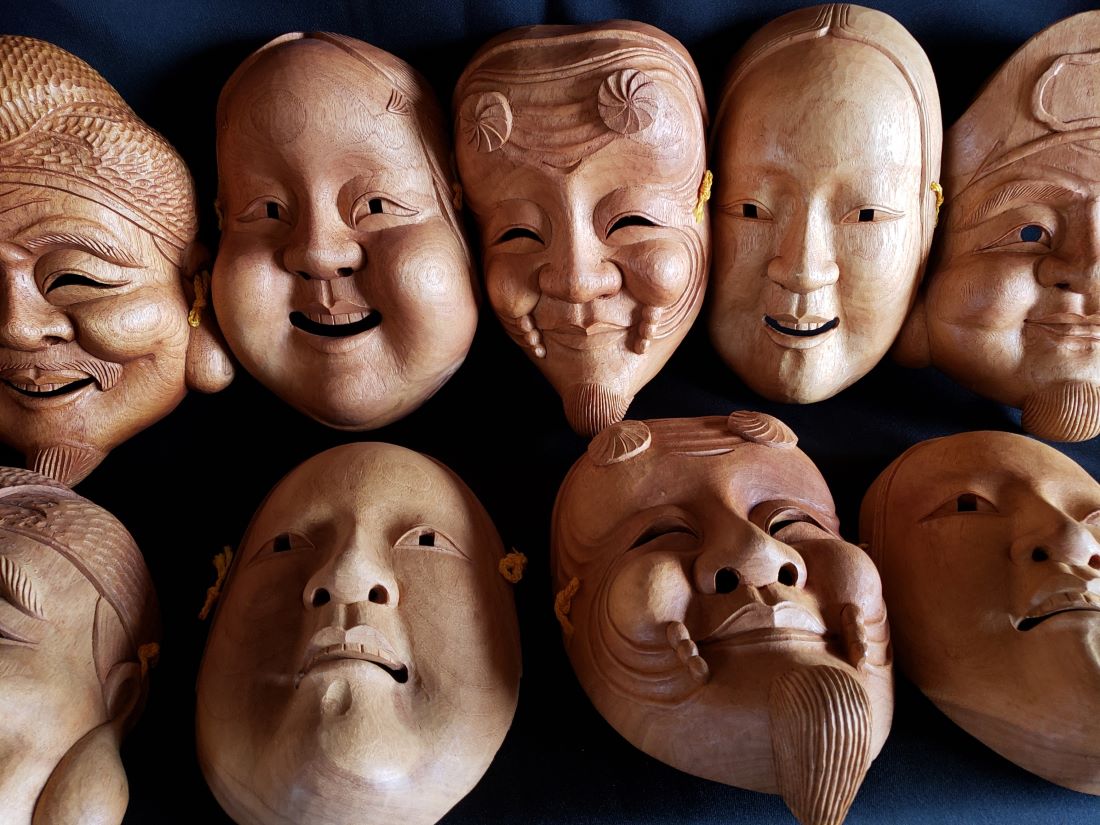
Noh theater is known for its unique costumes and masks that add to the overall mystique and elegance of the performance. The costumes are made up of multiple layers of silk and other materials, creating a shimmering effect when the actor moves with the music and chanting of the chorus.
The masks used in Noh theater are carved out of wood and painted with intricate designs, some of which are highly valued as pieces of art. The masks are used to transform the actors into their roles, such as gods and ogres. There are over 200 types of Noh masks, grouped into categories such as god masks, female masks, male masks, spirit masks, and demon masks. Kyōgen masks are categorized separately.
The Noh performance commences with the sound of flutes, un-melodic and unearthly, the whole purpose of which is to underscore a departure from the day-to-day, and an entry into the world of spirits. The costumes and masks add to this otherworldly atmosphere, creating an experience that is both visually and emotionally captivating.
Noh Music and Instruments
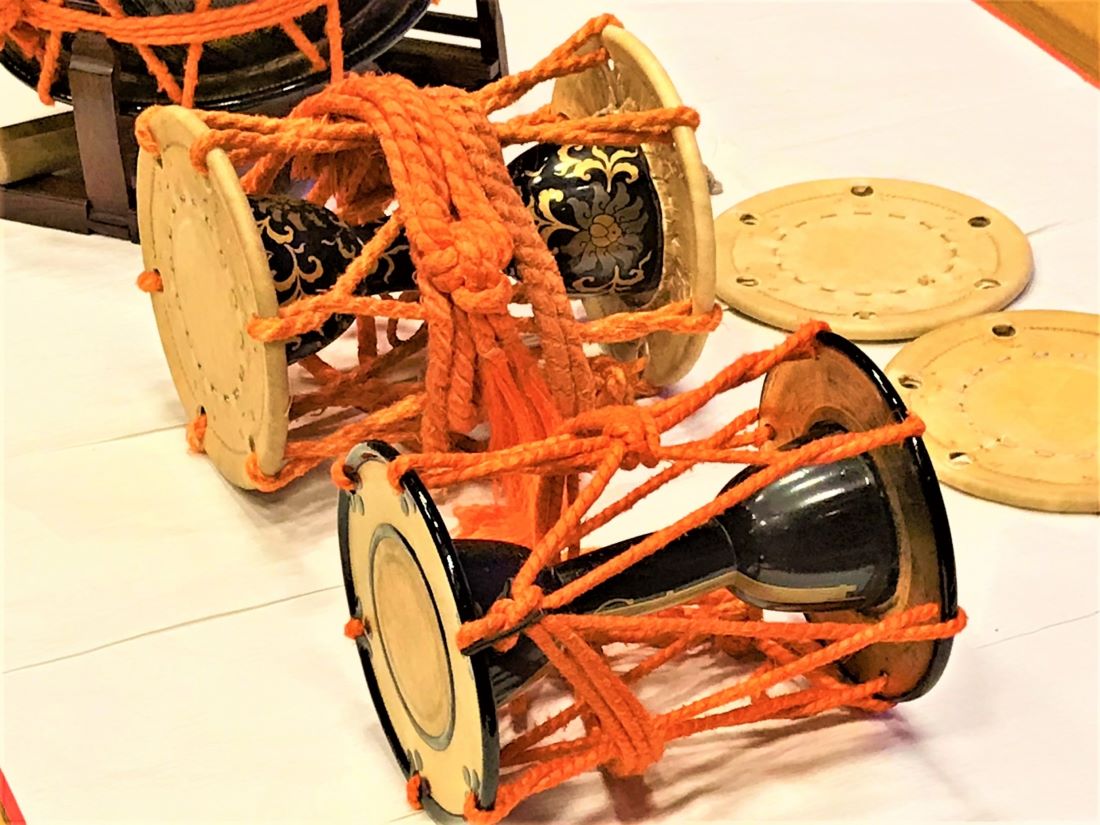
Noh combines music, dance, poetry, and drama into an elaborate art. Music plays a crucial role in Noh performances, setting the mood and pace for the show. The music of Noh is played by a group of musicians known as the hayashi.
The hayashi is made up of four instruments – the fue (flute), kotsuzumi (shoulder drum), otsuzumi (hip drum), and taiko (stick drum). These four instruments are also known as the shibyōshi. The musicians combine drumming and their voices to create a rhythm for the performers. Most of the musicians in Noh are from established families in the Noh world.
The fue, or Noh flute, is a bamboo flute that is used to create a haunting, melancholy sound. The kotsuzumi and otsuzumi are small drums that are played with the fingers. The kotsuzumi has a higher pitch than the otsuzumi, which has a deeper, more resonant sound. The taiko is a large drum that is played with sticks and is used to create a powerful, dramatic sound.
The musicians in Noh are highly skilled and must be able to adapt their playing to the needs of the performers. They must be able to create a rhythm that matches the movements of the actors and convey the emotions of the scene through their playing. The music of Noh is an integral part of the performance and adds to the overall atmosphere and mood of the show.
Influence of Noh on Japanese Culture
Noh’s influence can be seen in various aspects of Japanese art and culture, including:
- Kabuki theater: Noh has been a major influence on Kabuki theater, which emerged in the Edo period. Kabuki actors often incorporate Noh techniques, such as the use of masks and stylized movements, into their performances.
- Literature: Many Japanese writers, including Yukio Mishima and Junichiro Tanizaki, have been inspired by Noh. Noh themes and motifs can be found in their works, and they often use Noh as a metaphor for Japanese culture and society.
- Visual arts: Noh has also influenced Japanese visual arts, such as painting and sculpture. Many artists have been inspired by Noh masks and costumes, and have incorporated them into their works.
- Tea ceremony: Noh has had a significant impact on the tea ceremony, which is a traditional Japanese ritual that involves the preparation and presentation of tea. The tea ceremony often incorporates Noh themes and motifs, and the aesthetics of Noh are reflected in the design of tea rooms and utensils.
Overall, Noh has played an important role in shaping Japanese culture and has had a lasting impact on various art forms and traditions.
Noh Today
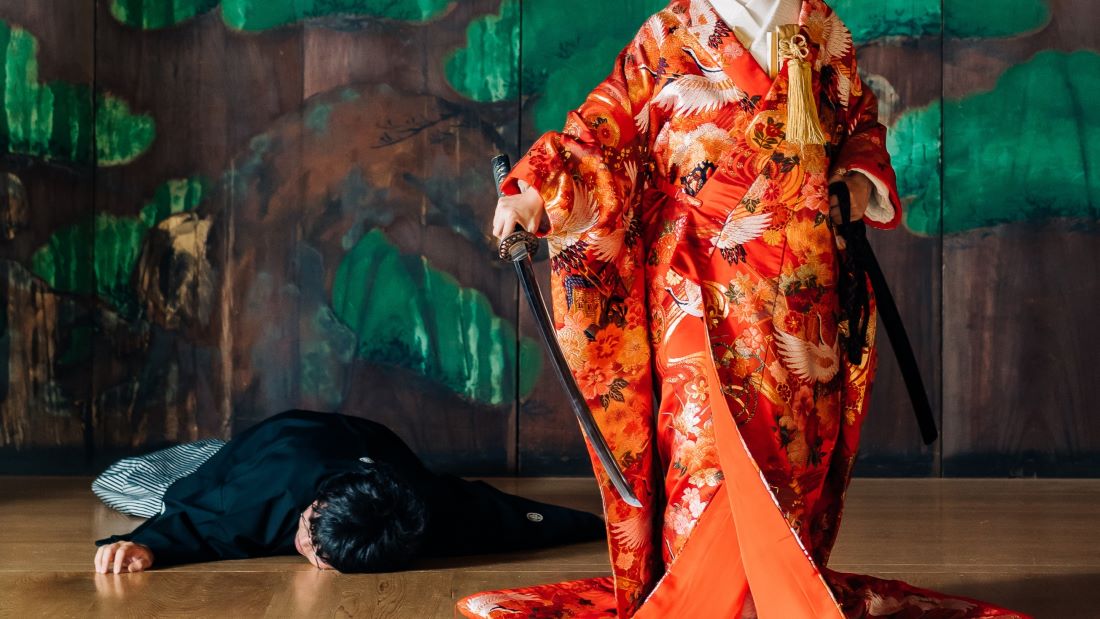
Noh is still performed today and continues to be highly valued by many. It is considered a major form of classical Japanese dance-drama that has been performed since the 14th century. Developed by Kan’ami and his son Zeami, it is the oldest major theatre art that is still regularly performed today.
Modern-day players require proficiency in the language of the original scripts, an ancient version of Japanese. Advanced performance and technical abilities are necessary for each show, which involves a complex combination of acting, dance, music, and other abilities.
There are various Noh theaters in Japan, such as the National Noh Theatre in Tokyo and the Kanze Noh Theatre in Kyoto. In addition, Noh performances are also held in other countries, such as the United States and Europe, providing an opportunity for people around the world to experience this unique art form.



